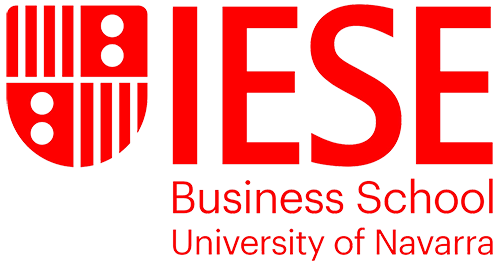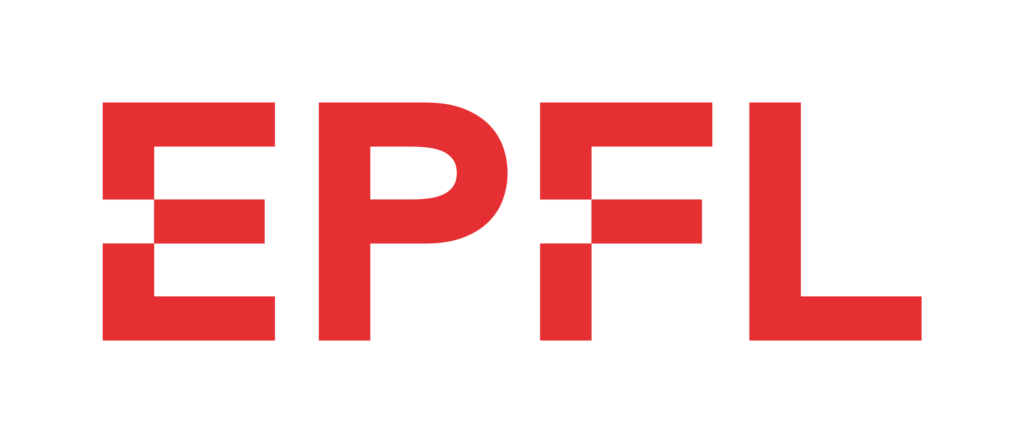Feedback
EuroTeQ courses are offered in hybrid, blended, and online formats, and as such all have elements of distance learning. Given this context, a regular flow of formative feedback is particularly crucial, as it supports student motivation and engagement, helps them identify their strengths and areas for improvement, and promotes a deeper understanding of the course material.
Design
Designing a course with active use of formative feedback is crucial to support learning, increase student engagement, and foster confidence and self-regulated learners. Here are some steps to help design such a course:
- Establish learning objectives that are clear, measurable, and related to the course content. The objectives can be content-based (understanding specific theories or skills) or competency-based (developing problem-solving, critical thinking or communication skills).
- Design and align formative assessments to measure students’ progress toward the course learning objectives. These can include quizzes, homework assignments, class activities, discussion forums, lab reports, presentations, and peer reviews.
- Think about when to offer feedback, when do the students most need guidance? Identify areas where students are struggling and intervene accordingly. This can help prevent students from falling behind and ensure that they stay on track.
- Who offers feedback to who, and with what purpose?
− Peer-to-peer – Explaining a concept to peers often helps students understand it better themselves. In the process of providing feedback, students deepen their understanding of the subject matter.
− Teacher-to-student – To validate the findings of students.
− Student-to-teacher – Feedback from students can help indicate areas that need a recap. - Feedback should not only identify areas of weakness, but also provide guidance on how to improve. It should be specific, clear, and actionable. It should also encourage a growth mindset, emphasizing that abilities and understanding can grow with effort and practice.
Action
- Be clear about the purpose of providing and receiving formative feedback.
- Serve as a role model for your students to be caring, constructive and concise.
- Diversifying feedback methods caters to different learning styles and can act both to deepen and to provide a more comprehensive picture of students’ understanding. This could include written feedback, 1:1 feedback, student presentations or utilizing technology for feedback.
- One of the key components of formative feedback is regularity. The more frequently students receive feedback, the more opportunities they have to adjust their learning strategies and improve. This could be after each learning session, weekly or biweekly.
- Activities that promote student collaboration can also provide formative feedback. These can include group projects, problem-solving exercises, debates, or peer reviews. Collaboration allows students to learn from each other and develop communication and teamwork skills.
- Encourage students to assess their own work. This can include reflection papers, self-grading assignments, or creating their own test questions. Self-assessment can help students understand their own learning process and take ownership of it.
- How can you integrate your Learning Management Systems (LMS) or other tools, such as Kahoot or Socrative, to offer opportunities for both live feedback and self-assessment?
- What conversations have you had with your students regarding feedback they have received from you, is it sufficient, constructive and meaningful?
Reflection
- Use the feedback gathered through formative assessments to revise and improve the course. This can help you identify areas where students are struggling and adjust the teaching methods or content accordingly.
- Formative feedback is not just for students, it is also for instructors. Feedback from students can be used to improve course design, tailor instruction to student needs, and ensure that the course is effective and engaging.
- Share your experiences working with feedback and listen to and learn from colleagues’ experiences.
- How did the students respond to the feedback that you or their peers have provided?
- What are your own takeaways from working with different feedback formats?
Further Information
See how teachers from the EuroTeQ partnership have done this in courses that have already been offered in the EuroTeQ course catalogue.
You can pay particular attention to the following courses:
- Factory produced wooden houses (TalTech)
- Essentials of Digital Health
- Metal Additive Manufacturing: From Theory to Practice
For ideas on specific tools and methods to use check the EuroTeQ Learning Lab’s inventory padlet which has been compiled based on questionnaires and interviews conducted with EuroTeQ teachers.
If you want to know more:
- Nicol, D. J., & Macfarlane-Dick, D. (2006). Formative assessment and self-regulated learning: a model and seven principles of good feedback practice. Studies in Higher Education, 31(2), 199-218.
- Chapter 8 in Felder, R. M., & Brent, R. (2016). Teaching and Learning STEM A Practical Guide. San Francisco: Jossey-Bass.








